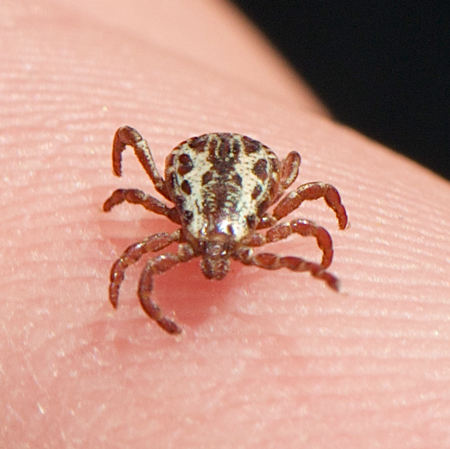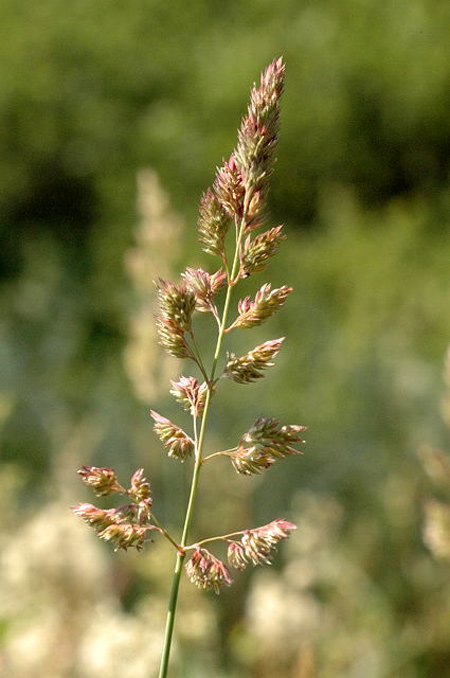The men use ropes to pull the barge against a current full of roiling sand. They make ten miles and camp late in the day near present Waverly, Missouri. Lewis prepares a specimen of reed canary grass (Phalaris arundinacea) and Clark says the mosquitoes and ticks are numerous and bad.
In Need of New Oars
by Yellowstone Public Radio[1]Originally aired weekdays by Yellowstone Public Radio during the Bicentennial observance of 2003-2006. Narrated by Hal Hansen. Scripts by Whit Hansen and Ed Jacobson. Produced by Leni Holliman. © … Continue reading
Towing the Boat
the Current is verry Strong all this day, So that we were obledged to waid & Toe the boat over sand bars, &.C— we encamped on the North Side of the River, Jest above a verry bad Sand bar
—John Ordway
The Hunters Return
Set out at 7 oClock at about a mile ½ we Came to the Camp of our hunters, they had two Bear & two Deer . . . . we took in the meat & proceeded on.
—William Clark
Ticks and Mosquitoes
the misquitoes and Ticks are noumerous & bad.
—William Clark
Lost Specimen No. 19
No. 19. Taken at the old village of the little Osages; the seed were now ripe; it grew in great abundance in the prarie from five to six feet high; it gave the plain much the appearance of an extensive timothy meadow ready for the sythe . . . . the horses were very fond of this grass and I am disposed to believe that it would make a valuable grass for culture.— this grass is common in the praries or bottom lands as high as the river Platte and perhaps further— it is a fine sweet grass and I am confident would make good hay.——
—Meriwether Lewis
Moulton identifies this undated, lost specimen, received by John Vaughn in 1805 (see The Donation Book), as Phalaris arundinacea, reed canary grass.[2]Gary E. Moulton, ed. Journals, “Fort Mandan Miscellany”, vol 3:457, 467.
Weather Diary
the wood duck now has it’s young, this duck is abundant, and except one Solatary Pelican and a few gees these ducks were the only aquatic fowls we have yet seen
—Meriwether Lewis
Experience the Lewis and Clark Trail
The Lewis and Clark Trail Experience—our sister site at lewisandclark.travel—connects the world to people and places on the Lewis and Clark Trail.
Plan a trip related to June 16, 1804:

Notes
| ↑1 | Originally aired weekdays by Yellowstone Public Radio during the Bicentennial observance of 2003-2006. Narrated by Hal Hansen. Scripts by Whit Hansen and Ed Jacobson. Produced by Leni Holliman. © 2003 by Yellowstone Public Radio. |
|---|---|
| ↑2 | Gary E. Moulton, ed. Journals, “Fort Mandan Miscellany”, vol 3:457, 467. |


